History Of The Buick Riviera, Part 1: The Muscle Car Innovator That Defined GM Personal Luxury
When the Ford Thunderbird arrived on the scene in 1955 it caused a stir across the entire automotive industry. Although the Chevrolet Corvette roadster, which had hit the market one year earlier, was aimed at delivering an American answer to the flood of European sports cars that were stealing sales away from Detroit, the similarly-sized T-Bird convertible had a more profitable mission in mind: personal luxury.
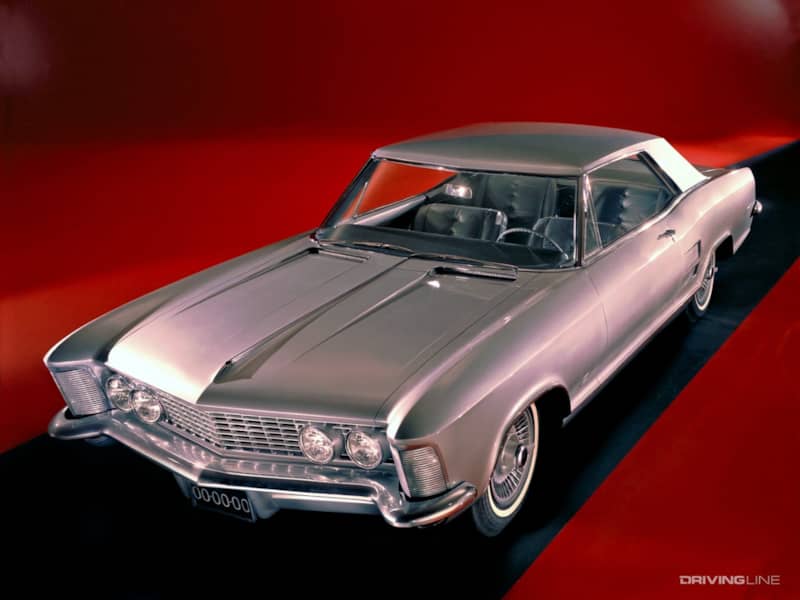
By the early 1960s, Ford had made significant in-roads in convincing successful, but not necessarily rich motorists that they deserved to park something special in the driveway, and the ever-larger Thunderbird's combination of performance and luxury had sparked a segment that had largely been ignored during the course of the previous decade. On the outside looking in, General Motors hastily deployed a few stop-gap models (such as the Pontiac Grand Prix) while it commissioned more premium T-Bird competitors from its upscale badges, including the Oldsmobile Toronado and the Buick Riviera.
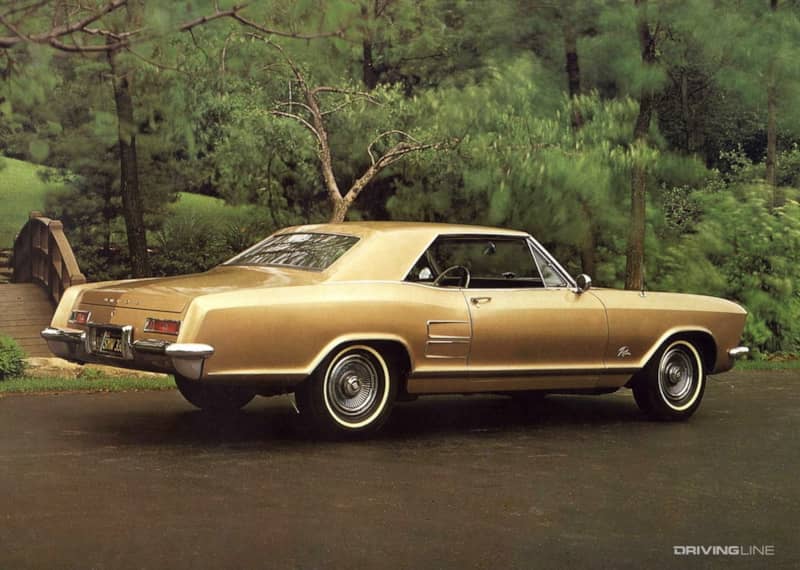
Although the Toronado would be better known for introducing GM's first front-wheel drive system, in short order its Riviera platform-mate became a design icon and the standard-bearer of the brand's personal luxury offerings right up until the segment disappeared in the mid-'90s.
Going It Alone
The original Buick Riviera sprung from the mind of Bill Mitchell, the freshly-minted vice president of styling at General Motors charged with raising the personal luxury banner, and Ned Nickles, who did the heavy lifting in terms of sketching out and modeling up the clay model (code-named 'XP-715') that would become the Riviera.
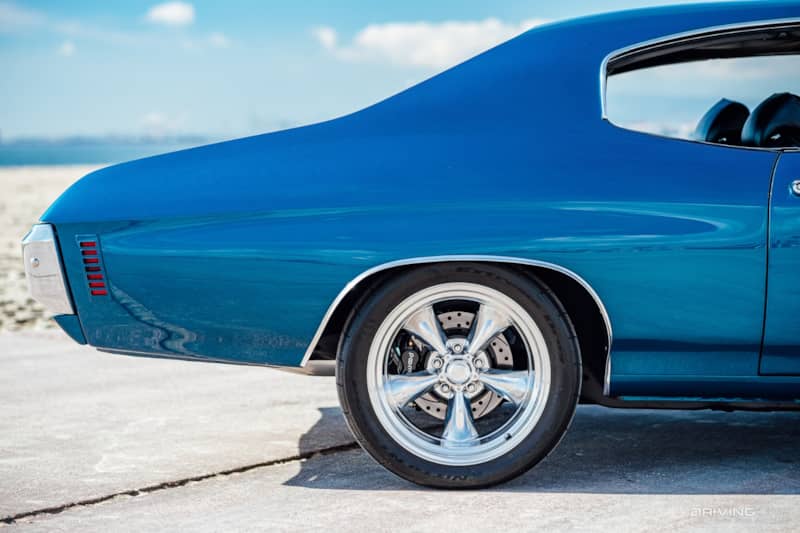
After both Cadillac and Chevrolet passed on building the coupe (with Chevrolet focusing on the Chevelle and then the Monte Carlo in its coupe line-up), it was embraced by Buick, which revived the Riviera name after it had been used as a trim level on a number of older models.
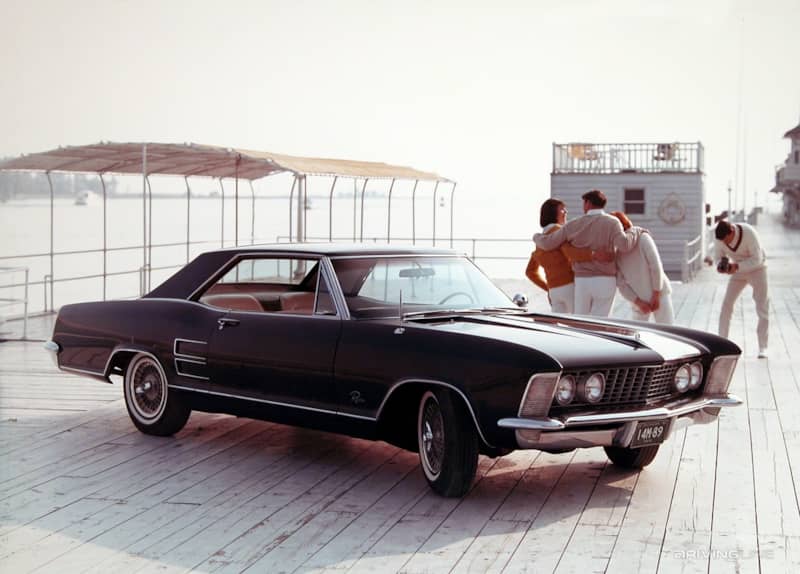
Visually, the 1963 Buick Riviera was a stunning accomplishment, combining sharp leading edges with unique hidden headlights (swapping from horizontally fixed to vertically stacked after technical issues had been ironed out in the first few years of production), vertical driving lights embedded in the front fenders, and flares above each wheel arch.
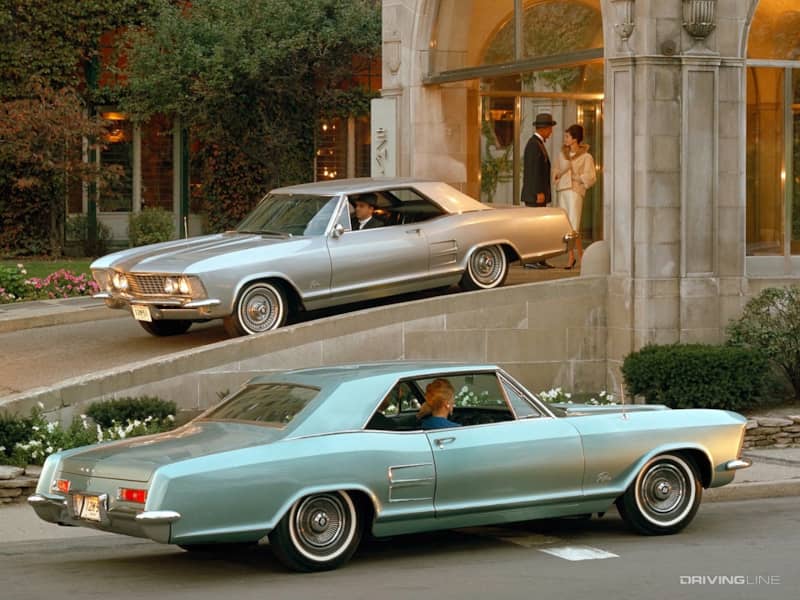
Unusually, Buick wasn't forced to share the Riviera's sheet metal with any of its in-house rivals, which further carved out its niche among buyers. It was large, gorgeous, and thanks to its 325 hp, 401 cubic inch V8 engine (which was also good for 445 lb-ft of torque), relatively quick in a straight line. A 425 cubic inch, 340 hp motor was also available as an option.
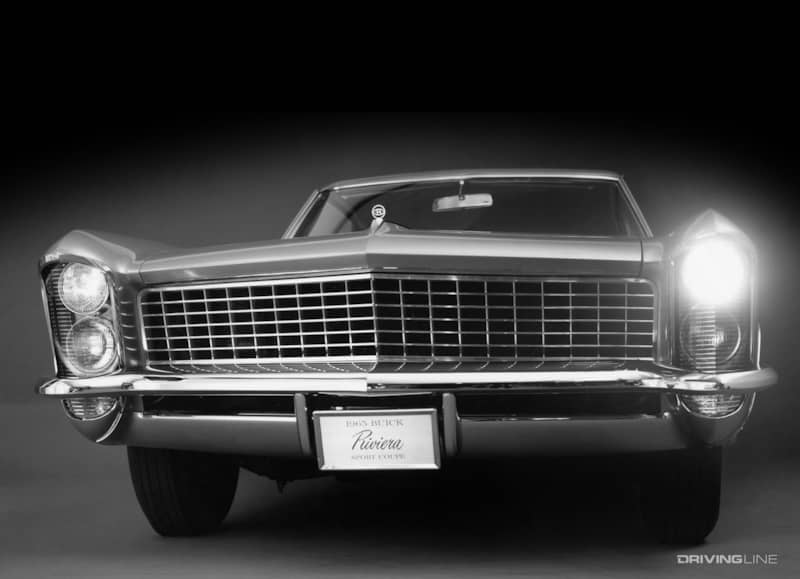
Unfortunately, sales of the Riviera stubbornly refused to accelerate, falling behind the Thunderbird by roughly half, even after a 360 horsepower 'Super Wildcat' version of the Buick's 425 cubic inch V8 was introduced in 1965 with the Grand Sport trim. Frustrated, GM elected to make a major change to the Riviera playbook the following model year.
Walking Its Own Path…Again
In 1966 General Motors made a move that would be unthinkable in the current car market: it debuted two redesigned vehicles riding on the same platform, but featuring dramatically different drivetrain layouts.
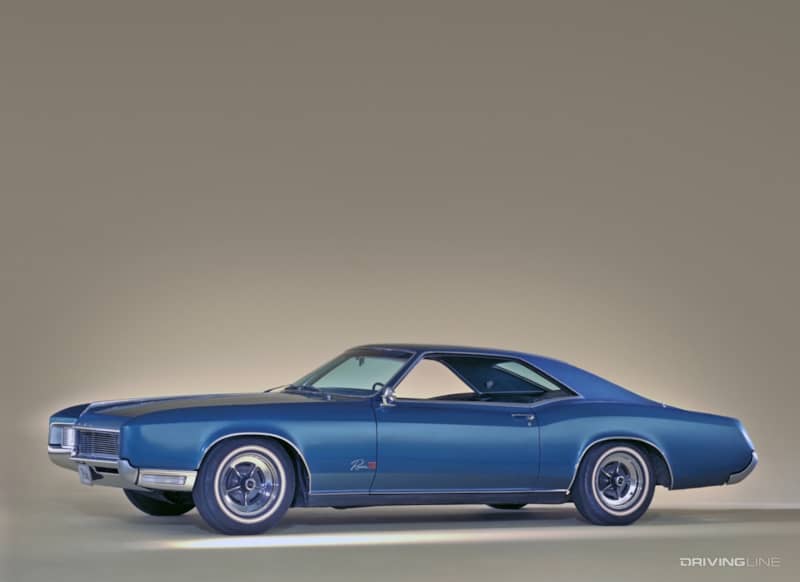
The Oldsmobile Toronado and the Buick Riviera both used the E-body chassis, but while the Toronado paired its big block V8 with front-wheel drive, the Riviera stubbornly stuck to its rear-wheel drive roots.
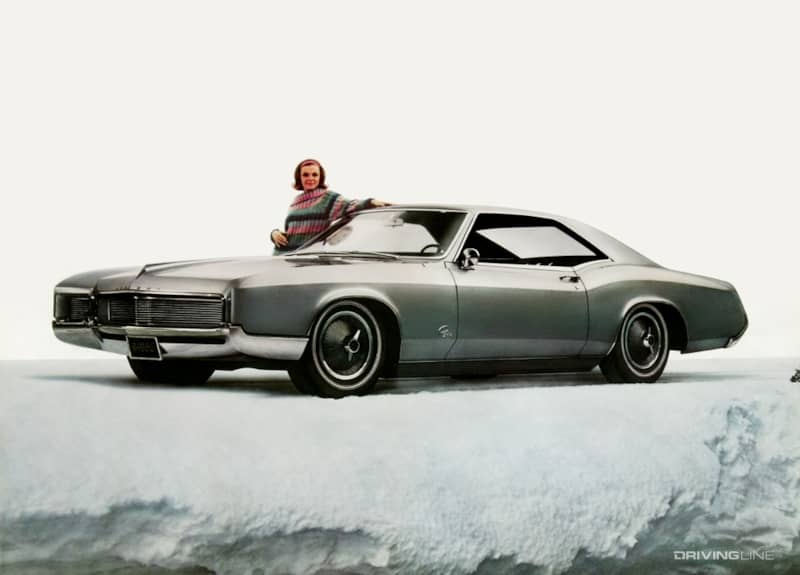
The reason for this? Buick had played a major role in assisting Oldsmobile in developing the Unitized Power Package that served as the basis for GM's FWD initiative, and execs were concerned that the system would add too much cost and complexity to the Riviera, while robbing the car of its handling capability.
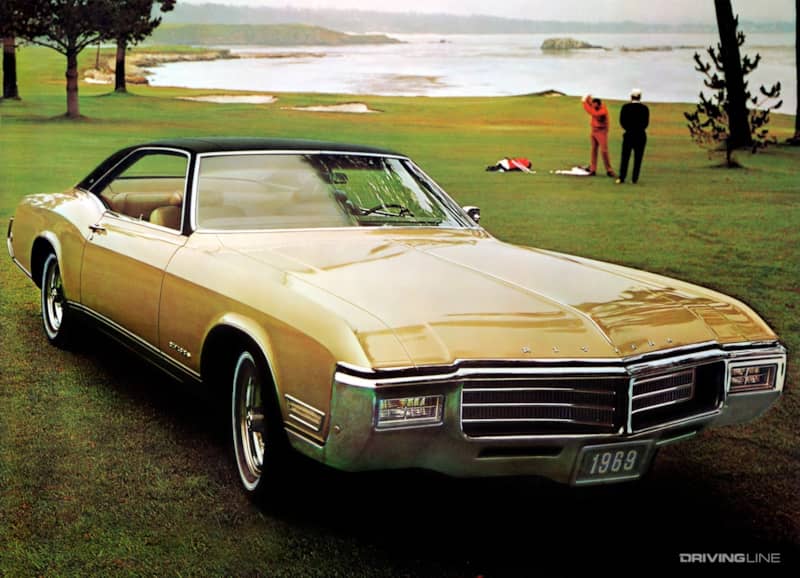
This meant that while Oldsmobile and Cadillac (with the Eldorado) accepted the E-body as-is, Buick made a host of changes to its underpinnings, adopting a similar 'cruciform' frame to what the first-generation Riviera had used while sharing only some of the Toronado's sheet metal.
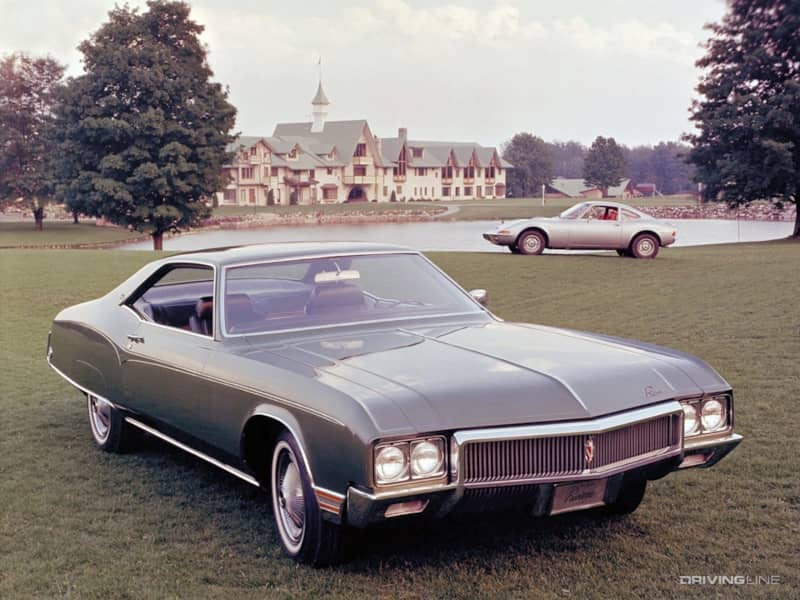
Presenting as longer, wider, and taller than its predecessor, the Buick coupe retained its hidden headlights (until a 1970 refresh) but swapped its 2+2 seating arrangement for more traditional bench seats in base models. Initially the 425 V8 was also carried over, but for 1967 a 430 cubic inch motor good for 360 hp and 475 lb-ft of twist helped wake the Riviera up (with a 370 hp 455 big block V8 introduced for 1970). Overall, it was an effective package for Buick, massively outselling its Oldsmobile 'twin' while gaining at least a little ground on the T-Bird behemoth.
Goin' Boatin'
For 1971 an even more dramatic makeover was in store for the Riviera. Its new 'boat tail' design combined sloping rear glass with a trunk bulge that narrowed at the lid in a fair imitation of classic wooden motorboat design. The car also featured a dramatic style line that descending from the leading edge of the front fender, dipping below the belt line just in front of the rear wheel well before surging up again in a muscular haunch. Designed by Jerry Hirshberg and David R. Holls, the boat tail was championed by Bill Mitchell, who was willing to take risks with the Riviera's visual personality in a bid to juice sales.
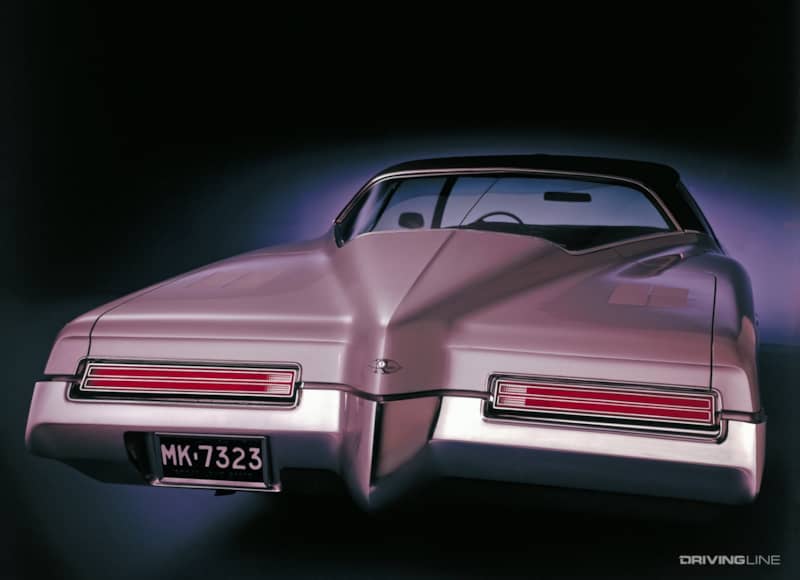
Although power was down from its 455 V8 (and would remain so throughout the decade due to EPA emissions regulations), the Riviera managed to court sporting buyers thanks to the availability of the Stage 1 performance package that boosted output to 260 hp and included a limited-slip differential. Still, this was a coupe that was clearly built to cruise, and it managed to find the same audience as before among discerning buyers who craved their style with a dollop of power.
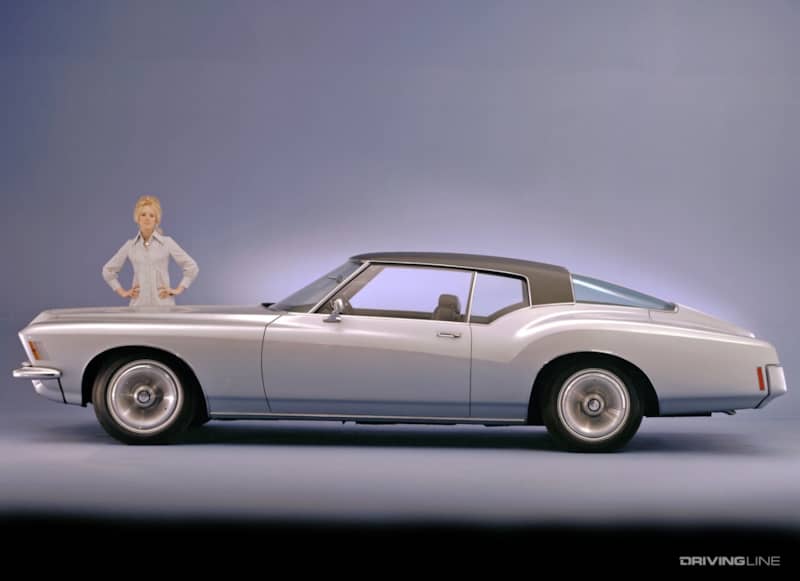
By mid-decade the boat tail was gone, replaced in 1974 by the strong pillars of GM's 'colonnade' design period. The front end became more square, headlights were normalized to match other Chevrolet and Oldsmobile offerings of the era, and performance was pushed to the background.
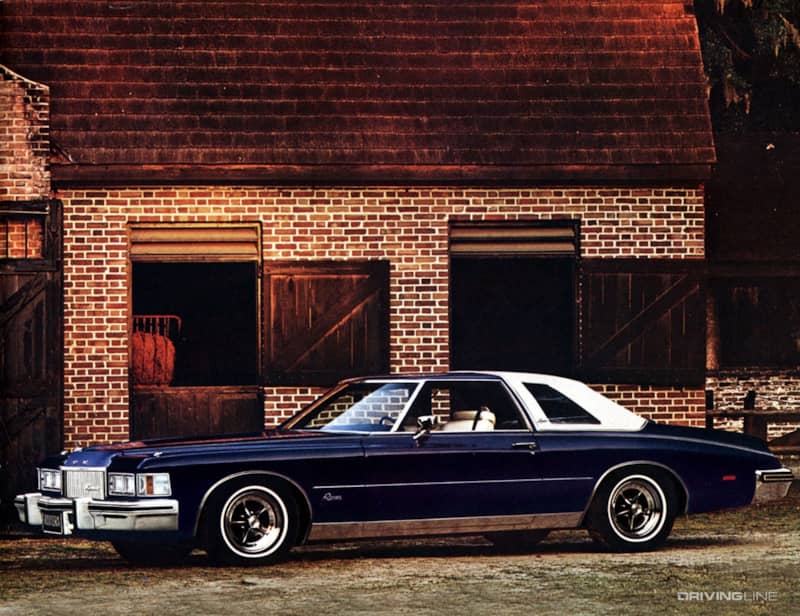
A major change for 1977 saw the Riviera downsized on to the B-body platform, which would be the last rear-wheel drive iteration of the car built by Buick. Styling was mild by Riviera standards, and engine output had dropped considerably, but this run would be the briefest in the car's history, as just three short years later the public was treated to a complete rethink of the coupe.
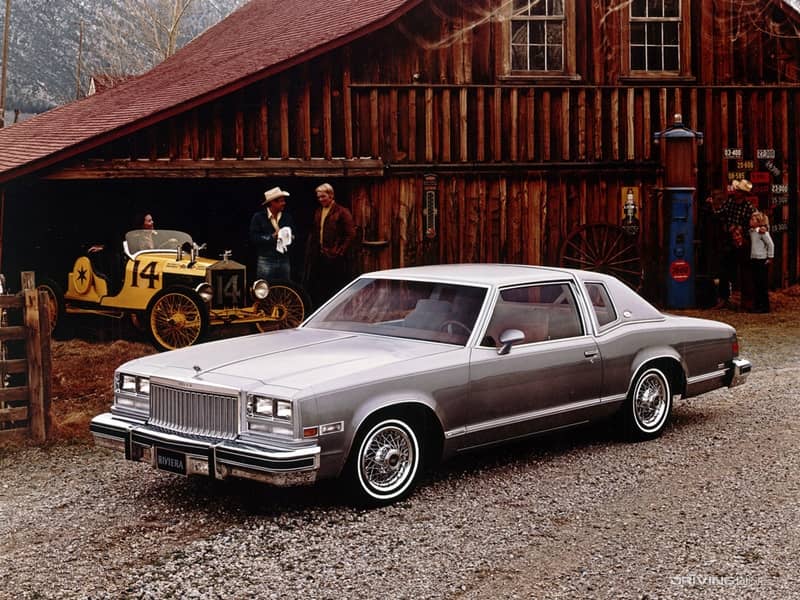
The Riviera was poised to make moves that would forever transform its position within General Motors, making it one of the most advanced vehicles in the company’s portfolio.







